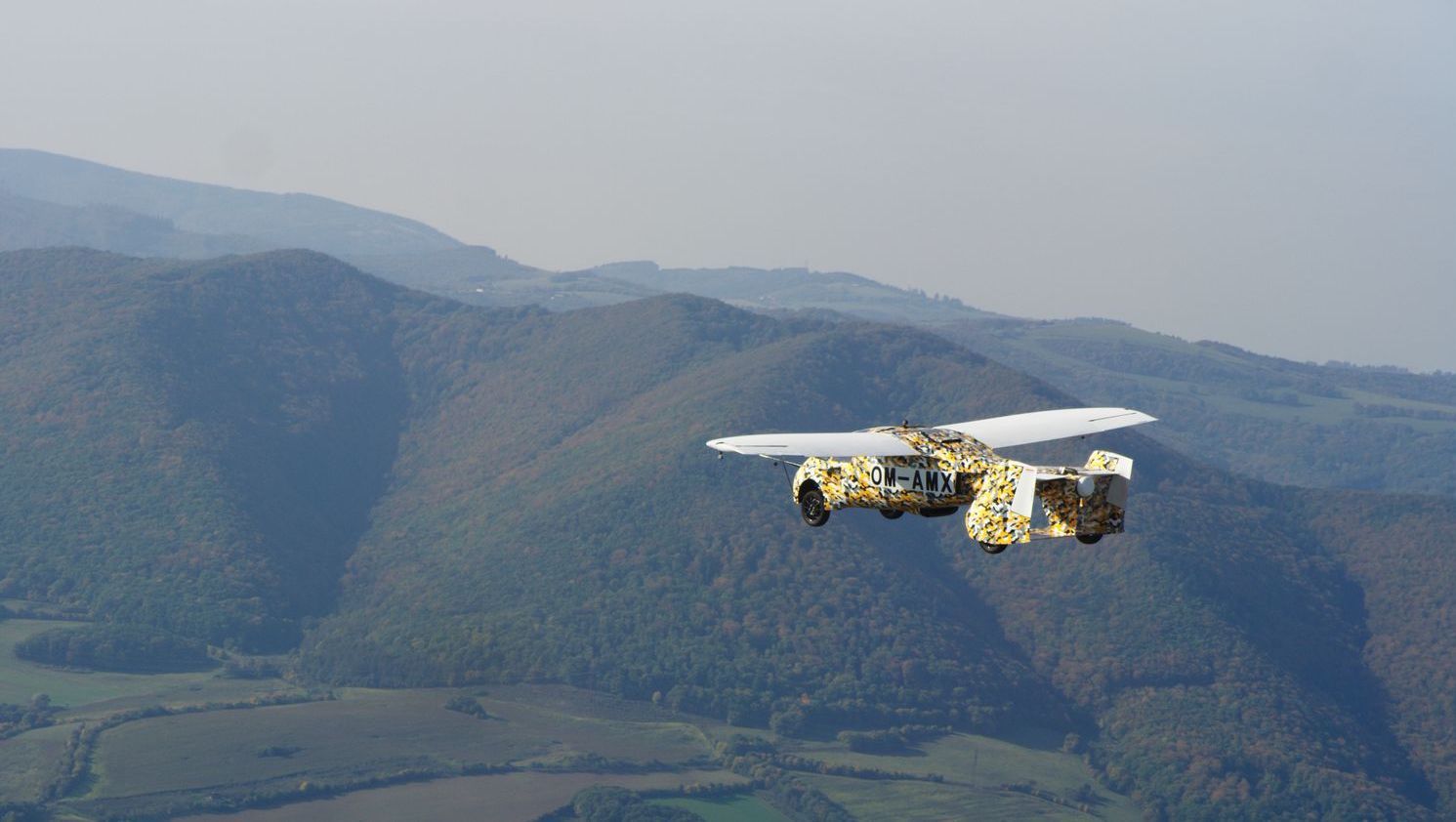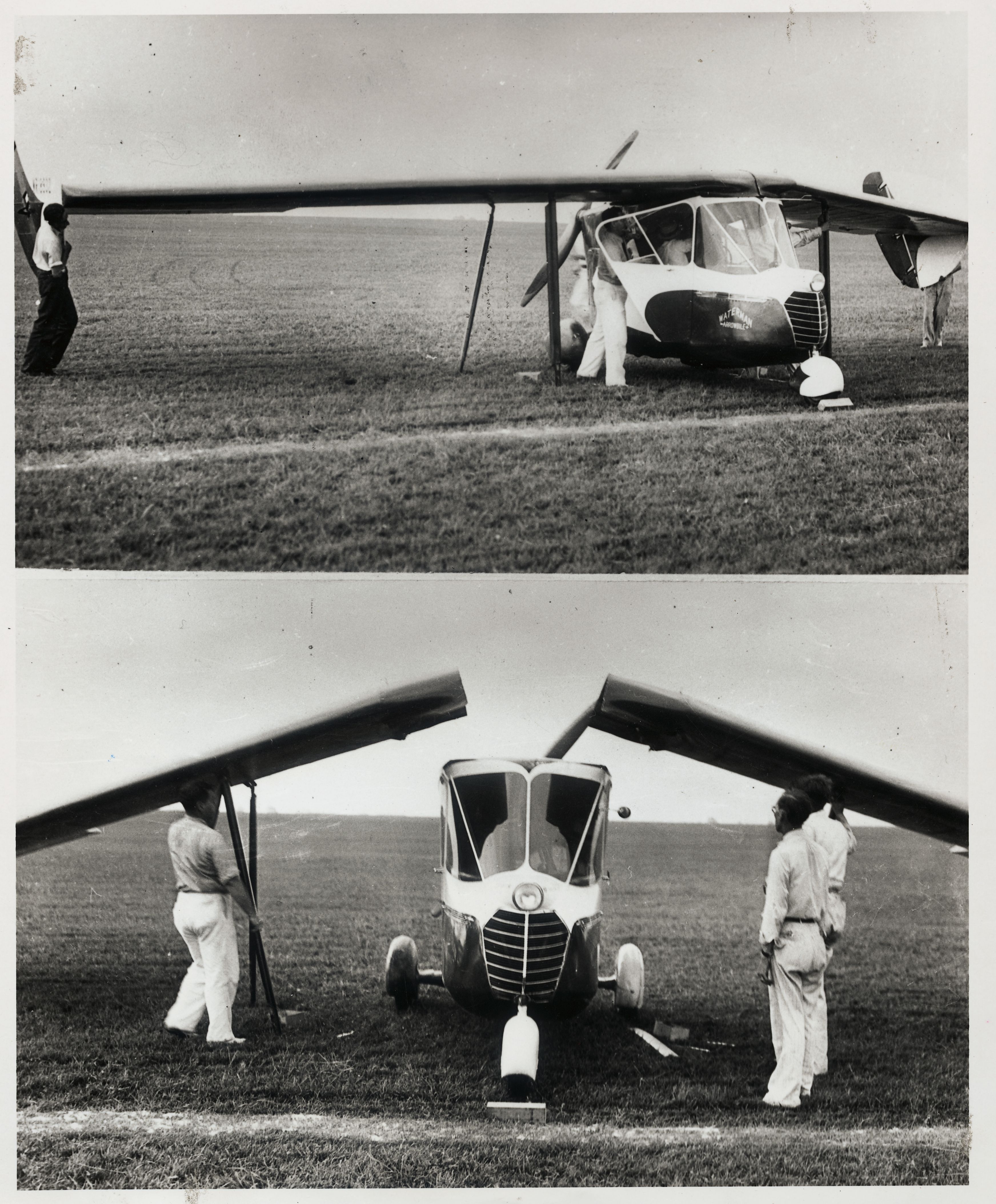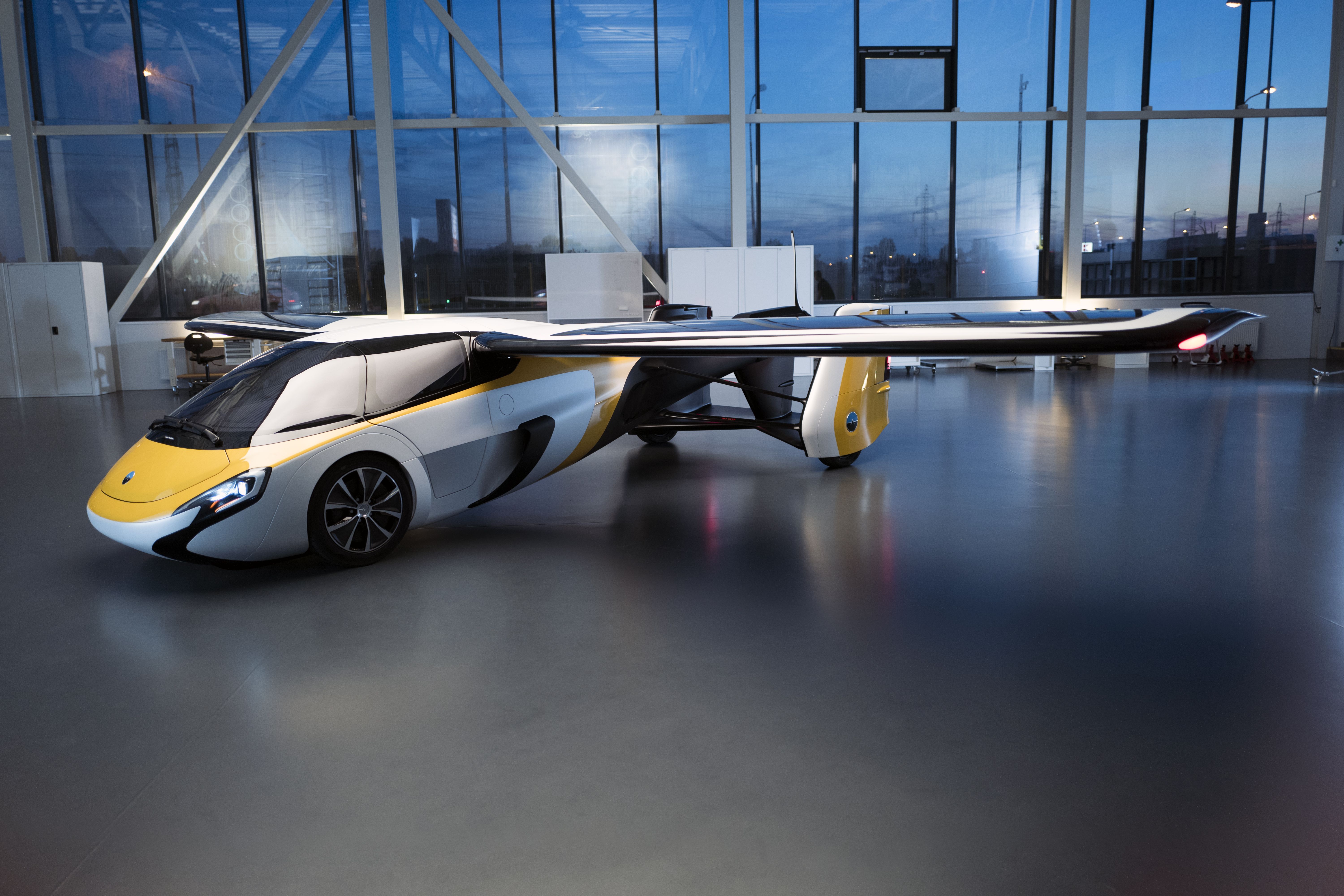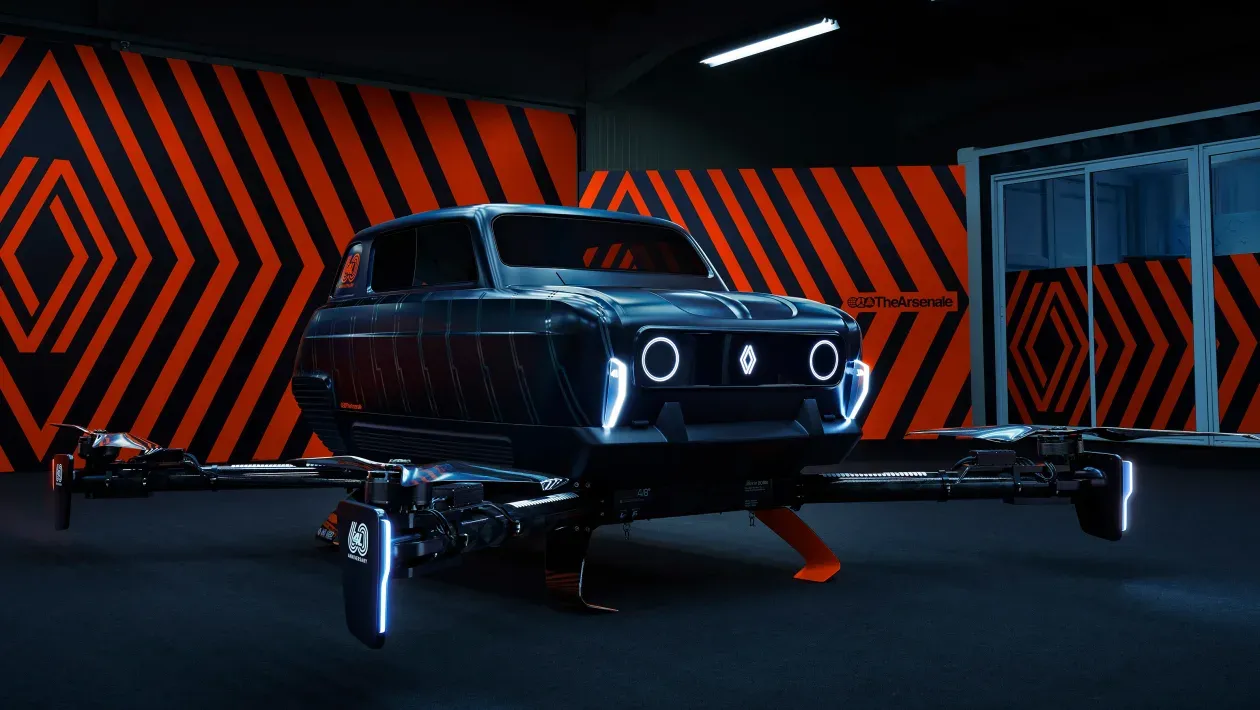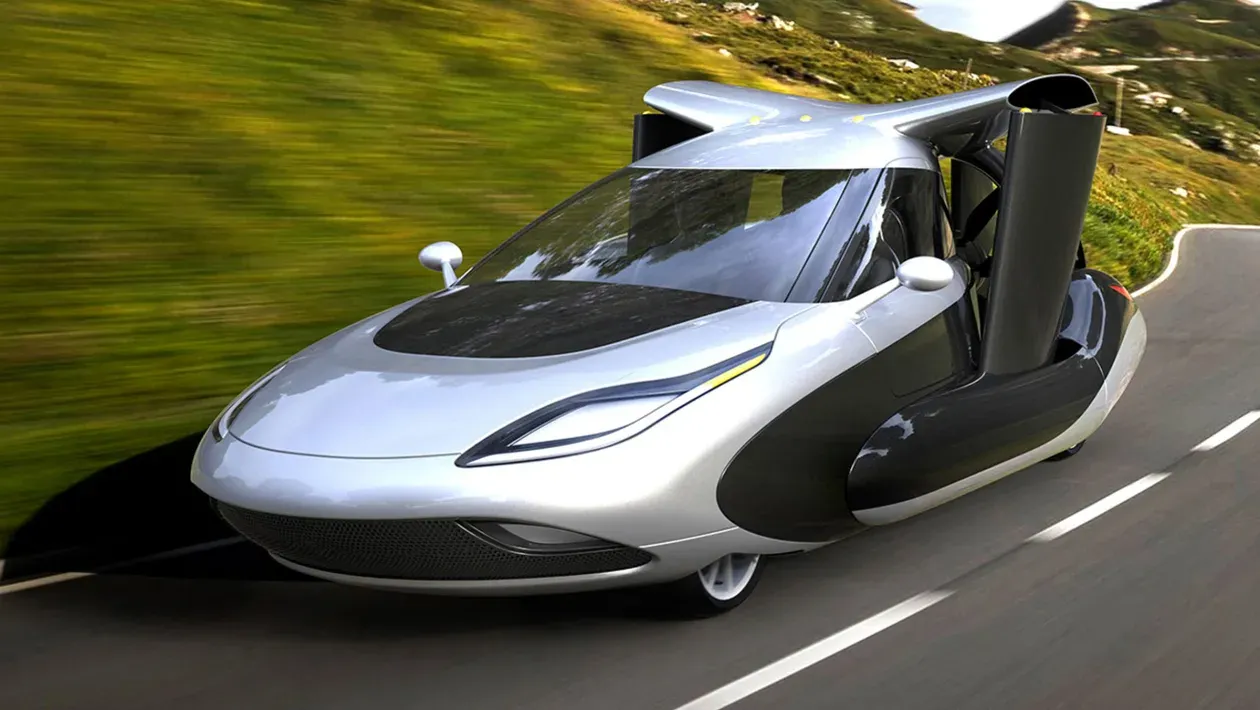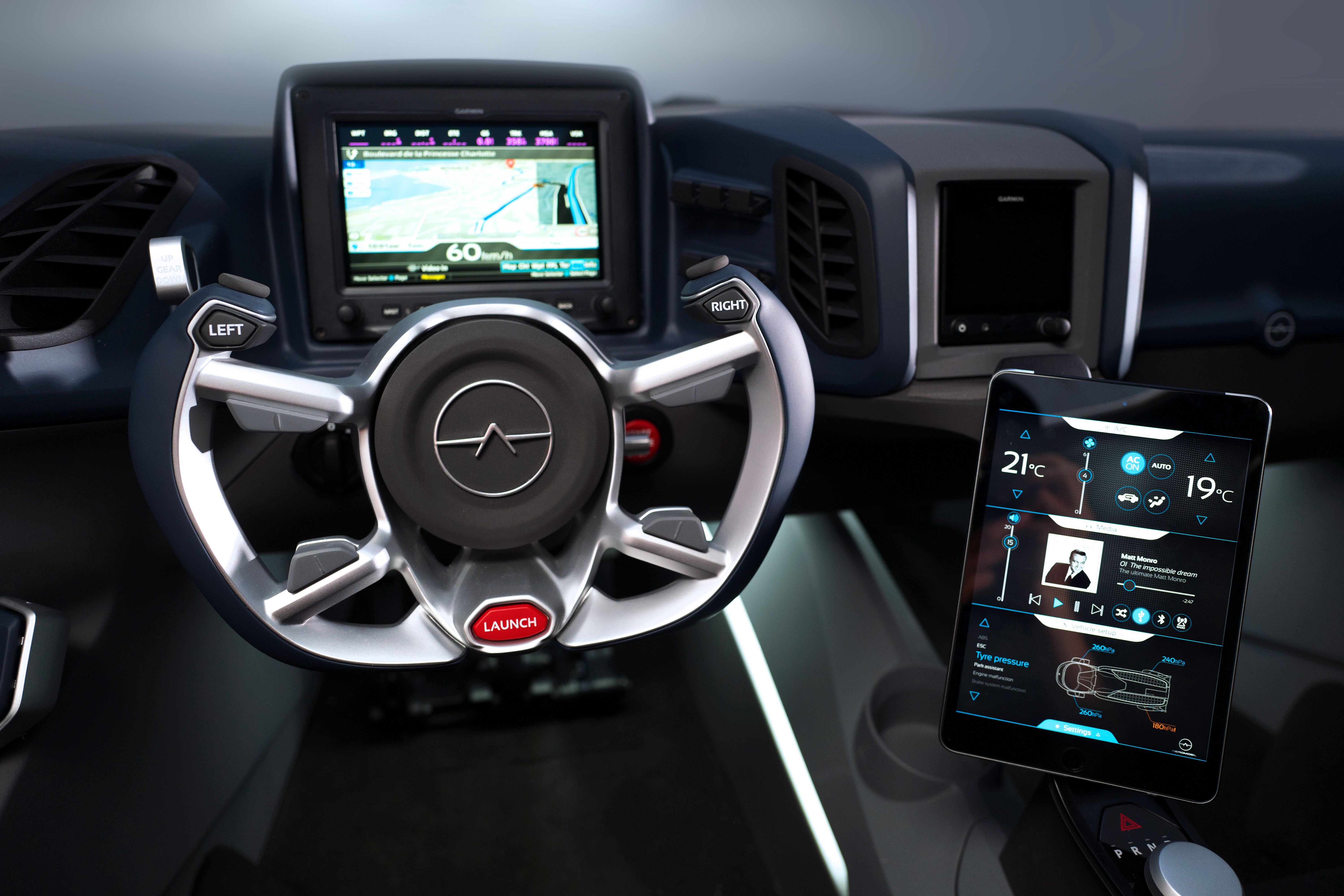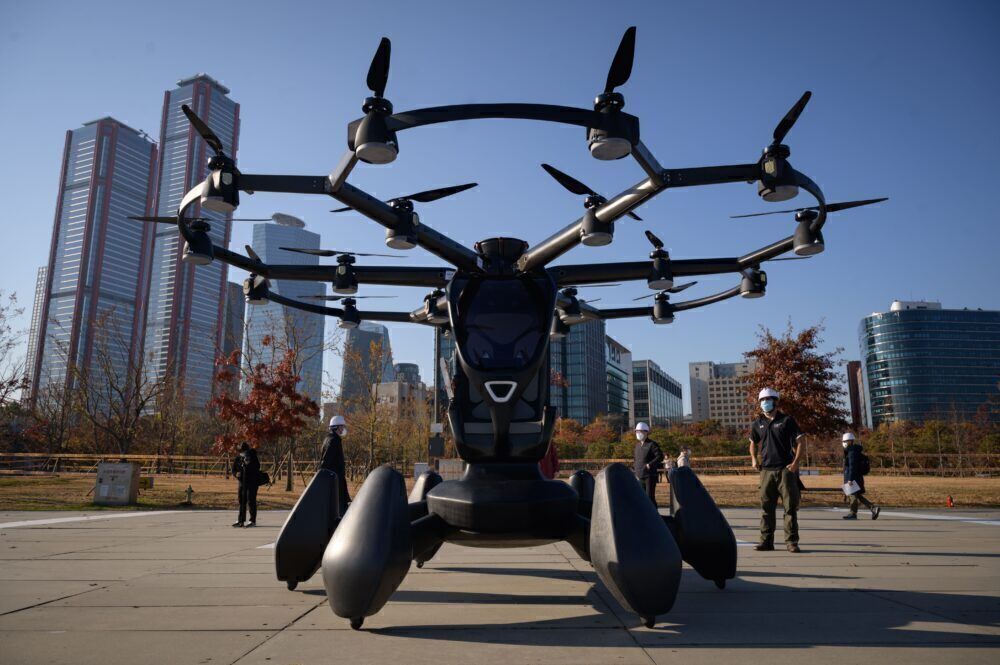It isn’t uncommon to hear people born in the mid-nineties talk about how they believed flying cars would be a quotidian affair in the 21st century. Many assumed that the skies above all major cities would be cluttered with tiny passenger cars moving around in every direction while trying to avoid each other. Even Henry Ford said in 1940,
“Mark my words: a combination [of an] airplane and motorcar is coming. You may smile, but it will come.”
More than 20 years have passed since we entered the 21st century, and the world is yet to see a single reliable, capable, and mass-produced car capable of going airborne occasionally. Which begs the question: Will flying cars ever really take off?
There are several projects under development today that look extremely promising. It may not be long before we see these magnificent machines plying the roads and skies. Let’s unpack what we know about the matter so far.
History
As is the case with most issues, there is a lot more than meets the eye when it comes to flying cars. Therefore, it is crucial to understand the developmental history of these machines before we get to the main question. Of late, offerings from many companies around the globe are making the headlines, but the fad of flying cars has been going on for much longer.
Ever since the aircraft was invented, intellectuals have been trying to combine it with the concept of the automobile. The first few attempts either didn’t yield the desired results or simply exploded while testing. Nevertheless, success finally came on March 21st, 1937, when Waldo Waterman’s Arrowbile took to the skies.
Another notable creation was the FA-2 Airphibian made by Fulton in 1946. Unlike the Arrowbile, this invention featured removable wings and tail sections, so it would somewhat mimic a typical road car when not intended for flying. It still wasn’t practical, as the Airphibian’s removable parts were huge and couldn’t be brought along when it was configured in road mode.
Since then, inventors and futurists around the globe have built several other prototypes, but nearly all of those have either been deformed beyond recognition or ended up in museums. However, the tide has turned massively in recent years as there are hundreds of ongoing projects aimed at building the future of air mobility in crowded cities.
Top contenders today
Here is a list of some of the most notable flying cars in development that could end up for sale to the general public in the coming years.
AeroMobil 4.0
First unveiled in the form of a design sketch back in 1990, AeroMobil has contributed significantly to making the dream of making flying cars a reality. The AeroMobil is a two-seater aircraft and vehicle meant for personal transportation. The latest 4th generation version is the most sophisticated yet and has undergone around 10,000 hours of flight testing to date.
The AeroMobil 4.0 is 20 ft. long and seven ft. wide in normal road driving configuration, which collapses the wings. At the press of a button, it can transform itself to be fit for flying in just three minutes. With a wingspan of 30 ft., the aircraft needs a 1,300 ft. runway to take-off.
AeroMobil is currently seeking various certifications from regulatory bodies in the United States and Europe for its revolutionary car. There is no fixed pricing announced yet, but we expect the vehicle/aircraft to cost anywhere between $1-$2 million.
AeroMobil is displaying the vehicle at the Peterson Automotive Museum in Los Angeles, California, from March 22nd to April 1st. The event is open to the general public.
Klein Vision AirCar
Klein Vision is a Slovakia-based engineering company that recently obtained the official certificate of airworthiness from the Slovak Transport Authority. The certification was issued to its AirCar, a similar design concept to the AeroMobil 4.0. Klein Vision’s founder has reportedly also worked on earlier iterations of AeroMobil’s flying car.
Klein Vision has sourced a 150 hp BMW internal combustion engine for use in its first prototype. The transmission system has been modified to switch between car and aircraft configurations. The AirCar’s final powerplant is not yet decided, but Klein is likely to go with a more powerful engine from BMW.
The AirCar may only be in concept stage at the moment, but Klein Vision is making swift progress with the regulatory processes. In June last year, the AirCar successfully completed a half-hour long test flight between Nitra and Bratislava in Slovakia. Klein Vision will now be looking to obtain the relevant regulatory approvals for road use in the near future.
Renault AIR4
In celebration of the 60th anniversary of the Renault brand, the company wanted to recreate the Renault 4 for a modern market. As such, they decided to make it fly - naturally.
The body of the AIR4 is very similar to the original Renault 4, but it's made out of a thoroughly modern material - carbon fiber. It is not really a flying car, because it doesn't really function as a car. Rather, it's a car-like body mounted on the frame of a more familiar eVTOL.
Because it has no wheels, it can't be used on the road. It can fly horizontally, at around 58 mph maximum. In terms of altitude, it can go up to 700m vertically. All things considered, we would not really consider this a flying car; more of an eVTOL with style.
Terrafugia TF-X
The concept car from Terrafugia is not the first flying car to be thought up by the firm. It's already working on a flying vehicle called the 'Transition' which may or may not end up being built. Anyway, ignoring the progress, or lack of it, from the company in recent months, it has come up with its second flying car, and it's pretty easy on the eye.
The TF-X actually looks like a pretty slick road car; a bit weird for sure, but largely relatively car-like. The folding gull-style wings emerge from the sides with eVTOL-style rotors placed on the top. The helicopter lift means it doesn't require runways, but it does require 1MW of electrical power to get it off the ground.
Terrafugia promises 200mph cruising speeds, which sounds great. However, the company has laid off a bunch of workers over the past year, so if this idea ever comes to market still remains to be seen.
Challenges flying cars face
We may be closer than ever to seeing legitimate flying cars operated by customers and private parties, but manufacturers still need to overcome a lot of hurdles. The challenges are spread out over various issues ranging from regulatory approvals, licenses required, and even complex engineering challenges.
Communication and traffic control
In modern aviation, every aircraft in the air is constantly communicating with air traffic control towers spread out throughout the world. Cars driving on the road have no such requirement as the driver can easily see through the windshield and operate the vehicle accordingly. However, flying cars too will require an elaborate network of air traffic control.
As the number of flying cars increases, so will the need for effective communication methods between the vehicles to ensure the safety of all involved. Air traffic control stations are operated by humans with the help of advanced computer systems, as there are only so many aircraft in the air. But if every household were to own a flying car suddenly, we would need an entirely new and completely automated communication system, as humans simply wouldn’t be able to keep up.
Two sets of regulations
Airplanes and cars are two very different modes of transport, and for this reason, every country has different sets of regulations for each. This creates a massive problem for manufacturers of flying cars as they have to get their creations approved under both rule sets instead of just one. Indeed, most countries have stringent rules in both categories that don’t give designers and engineers much freedom.
For example, for a flying car to be sold in the United States market, it would have to gain a certificate of airworthiness from the Federal Aviation Administration (FAA) and another certification from the National Highway Traffic Safety Administration (NHTSA).
Engineering difficulties
The main task while designing an aircraft is to have it generate as much lift as possible. On the other hand, a car designer’s job is the exact opposite: to make the car generate as much downforce as possible, always staying on the road even at high speeds.
When the basic principles of two vehicles are so far from each other, one can only imagine the challenges manufacturers face while developing something that is meant to fly and work flawlessly on the road.
Flying car vs Roadable aircraft
When thinking of the term “Flying car,” one pictures a vehicle designed for the road, modified to fly. But that is far from what’s happening with most flying car projects currently under development. The correct terminology here would be “roadable aircraft,” as these machines seem to be developed with the ability to fly given top priority. This isn’t a bad thing per se, but when it comes to all the characteristics of an average car, most vehicles mentioned above seem only to fulfill the bare minimum requirements.
For instance, a car is much more than something with four wheels and an engine. Buyers in the real world also consider the ride quality, handling, and the general driving feel. But “flying car” manufacturers don’t particularly talk about such characteristics, which shows these machines are aimed more towards aviation enthusiasts and not petrolheads.
What the future holds
It is now clear that flying cars will be available for sale within the next five to ten years, provided solutions to all major issues are available. However, just like the initial stages of any revolutionary modern invention, the flying car is likely to start life as a wealthy man’s toy for elaborate weekend getaways. It will take years (if not decades) for flying cars to be a common sight in the garage of an average middle-class household.
In any case, it will be interesting to see if flying cars remain an attractive proposition when they finally enter mass production. This is because they already have a competitor that makes much more sense for people simply looking for a mode of transport: eVTOL mobility.
Short for electric vertical take-off and landing, eVTOL is fast emerging as the preferred choice of futuristic mobility. Several companies are looking for autonomous eVTOL air taxis for use as quick and efficient public transportation in cities.
What is your opinion on flying cars? Also, would you pick one over a regular car if available at an affordable price? Please, let us know your thoughts in the comments.

